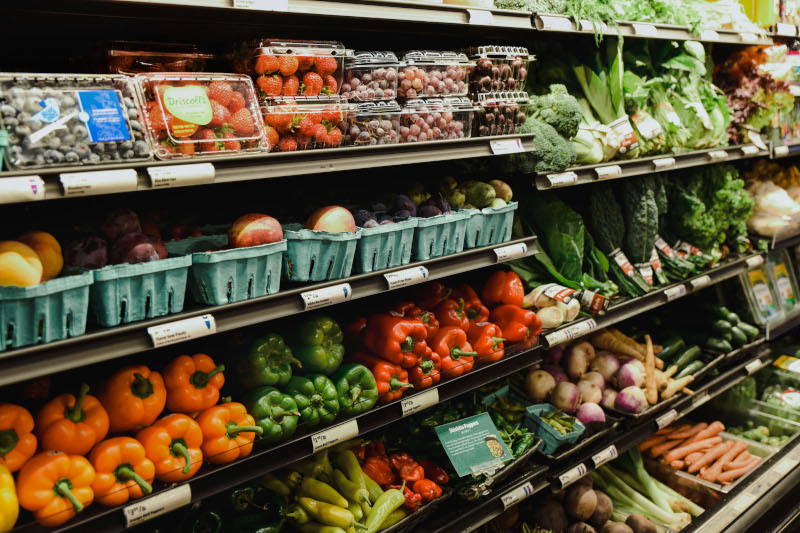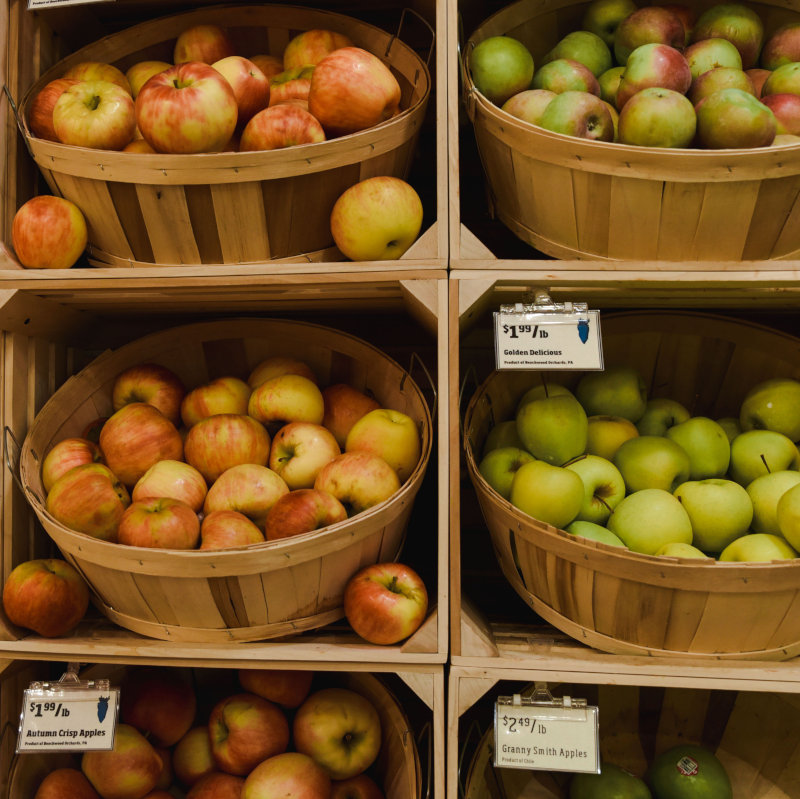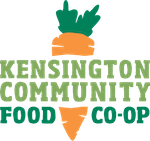
Here at the co-op, we receive a common question:
How do I start eating healthier?
Below are a few tips and tricks from management to help you get started. Keep in mind, the path to a healthier lifestyle takes time and practice. There’s a reason fast food has taken over the world-because healthy, nutritious food takes time, energy, and attentiveness. The co-op is a great place to get started as most of our food is local, fresh, and supports your health while simultaneously supporting local farms and our community.
Add lots of fruits and vegetables to your diet.
About half of your plate should be filled with fruits or veggies at each meal. Try adding berries to your morning cereal, an apple or orange to your afternoon snack, or an extra side of greens at dinner.
Include more leafy green and cruciferous vegetables in your meals.
Cauliflower, cabbage, kale, bok choy, broccoli, and brussel sprouts. Explore different options of preparing these veggies: roast them with olive oil & garlic, add different spices, bake them into other dishes or add extra to your soups.
Choose whole grain foods.
Include whole grain bread, crackers, brown/wild rice, quinoa, and oatmeal in your diet. Whole grains are high in fiber and help you stay full longer.
Limit highly processed foods.
Processed foods are changed from their original food source and have many added ingredients. During processing, important nutrients such as vitamins, minerals and fiber are removed while salt and sugar are added to preserve the food longer or “improve” the taste. Examples of processed foods include: fast food, hot dogs, packaged cookies, chips, deli meat, white bread.
Make water your drink of choice.
Sugary drinks add empty calories to your diet without you even realizing. Even fruit juice should only be enjoyed on occasion (although fruit juice has some of the benefits of the fruit, it has more sugar than the fruit and less fiber.) Try unsweet tea and seltzers if you want to switch it up.
Eat protein everyday.
Forms of healthy proteins are: Legumes (such as beans, peas, lentils, chickpeas,) nuts, seeds, tofu, fish, shellfish, poultry, low fat milk/yogurt, lower fat cheese.
Try non-dairy products.
Do you ever experience bloating, nausea, or other stomach issues after drinking milk or eating ice cream? Many people have a lactose intolerance without realizing it. Try almond milk in your coffee, soy milk in your cereal, oat milk based ice creams, etc. These non-dairy milks are still high in protein and contain numerous nutrients.
Choose plant-based foods more often.
Plant foods are loaded with nutrients to protect our health. Although meat and heavy foods may make us feel fuller faster, fruits and vegetables are nutritionally superior. (PS- Don’t feel obligated to eat your produce plain. Dip your apples in peanut/almond butter, sautee those veggies in a little butter!)
Tips & Tricks
Make an eating plan each week.
Prepare most of your meals at home using whole or minimally processed ingredients. Creating an eating plan each week is the key to fast, easy meal preparation. Even if you don’t make a plan for everyday, starting with lunch ideas or dinner three times a week will make a big difference.
Find your favorite food blogger.
Find a food blog you enjoy and use that as a go-to for recipes. Googling or pinning random recipes every day can become exhausting and lead to disappointing meal outcomes. Once you find a chef you trust, use them as your go-to. (For instance, I love following Budget Bytes or Ambitious Kitchen.)
Choose colorful recipes.
Choose recipes with brightly colored fruits and veggies each day. Produce is pigmented because it’s packed full of anthocyanins, carotenoids, and antioxidants.
Eat smaller meals more often.
Eat smaller meals more often, preferably three meals a day with snacks in between. When you wait too long to eat, you are more likely to make unhealthy food choices.


